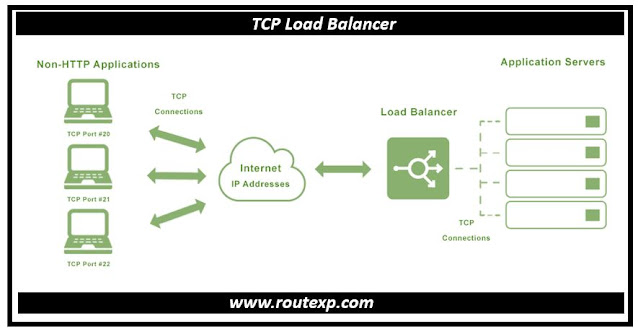Part 3: TCP vs. UDP Load Balancer: An In-Depth Comparison
TCP vs. UDP Load Balancer: An In-Depth Comparison
When it comes to load balancing protocols, TCP and UDP are two of the most commonly used options. Each protocol has its own strengths and weaknesses, and understanding their differences can help you make informed decisions about load balancing in your network. In this article, we will provide an in-depth comparison between TCP and UDP load balancers, exploring their protocols and the impact they have on load balancing performance.
Key Takeaways:
- TCP and UDP are two popular load balancing protocols.
- It is important to understand the differences between TCP and UDP for effective load balancing.
- Performance comparison is crucial in determining which protocol is best suited for your network.
- Consider specific network requirements when choosing between TCP and UDP load balancers.
- Optimizing load balancing for different applications can enhance overall network performance.
Understanding Load Balancers
Load balancers play a crucial role in efficiently managing network traffic by distributing it across multiple servers. This helps improve performance, scalability, and availability of web applications. When it comes to load balancing, there are two main protocols to consider: TCP and UDP load balancers.
Difference between TCP and UDP Load Balancers:
- TCP Load Balancers: TCP (Transmission Control Protocol) load balancers operate at the transport layer of the network stack and ensure reliable and ordered delivery of data packets. They establish and maintain a connection between clients and servers, making them ideal for applications that require error-free delivery, such as HTTP-based websites, email servers, and file transfers.
- UDP Load Balancers: UDP (User Datagram Protocol) load balancers, on the other hand, operate at the transport layer but do not establish a connection between clients and servers. They are connectionless and provide a lightweight, fast, and low-latency approach for applications that can tolerate packet loss or out-of-order delivery. UDP load balancers are commonly used for streaming media, gaming, VoIP (Voice over IP), and real-time communication applications.
In summary, TCP load balancers ensure reliable delivery at the cost of increased overhead and latency, while UDP load balancers provide faster transmission with the tradeoff of potential data loss. Understanding these differences is crucial to choosing the appropriate load balancing protocol for your specific application and network requirements.
"TCP and UDP load balancers offer distinct advantages depending on the nature of the application and its tolerance for packet loss or delay. By carefully considering the specific needs of your network, you can select the most suitable load balancing protocol for optimal performance."
| Criteria | TCP Load Balancers | UDP Load Balancers |
|---|---|---|
| Reliability | Reliable and ordered delivery of data packets | Potential for packet loss or out-of-order delivery |
| Overhead | Higher overhead due to connection establishment and maintenance | Lower overhead due to connectionless nature |
| Latency | Higher latency due to additional processing and error checking | Lower latency with minimal processing |
| Application Suitability | Ideal for applications requiring reliable data delivery | Ideal for real-time communication or media streaming |













